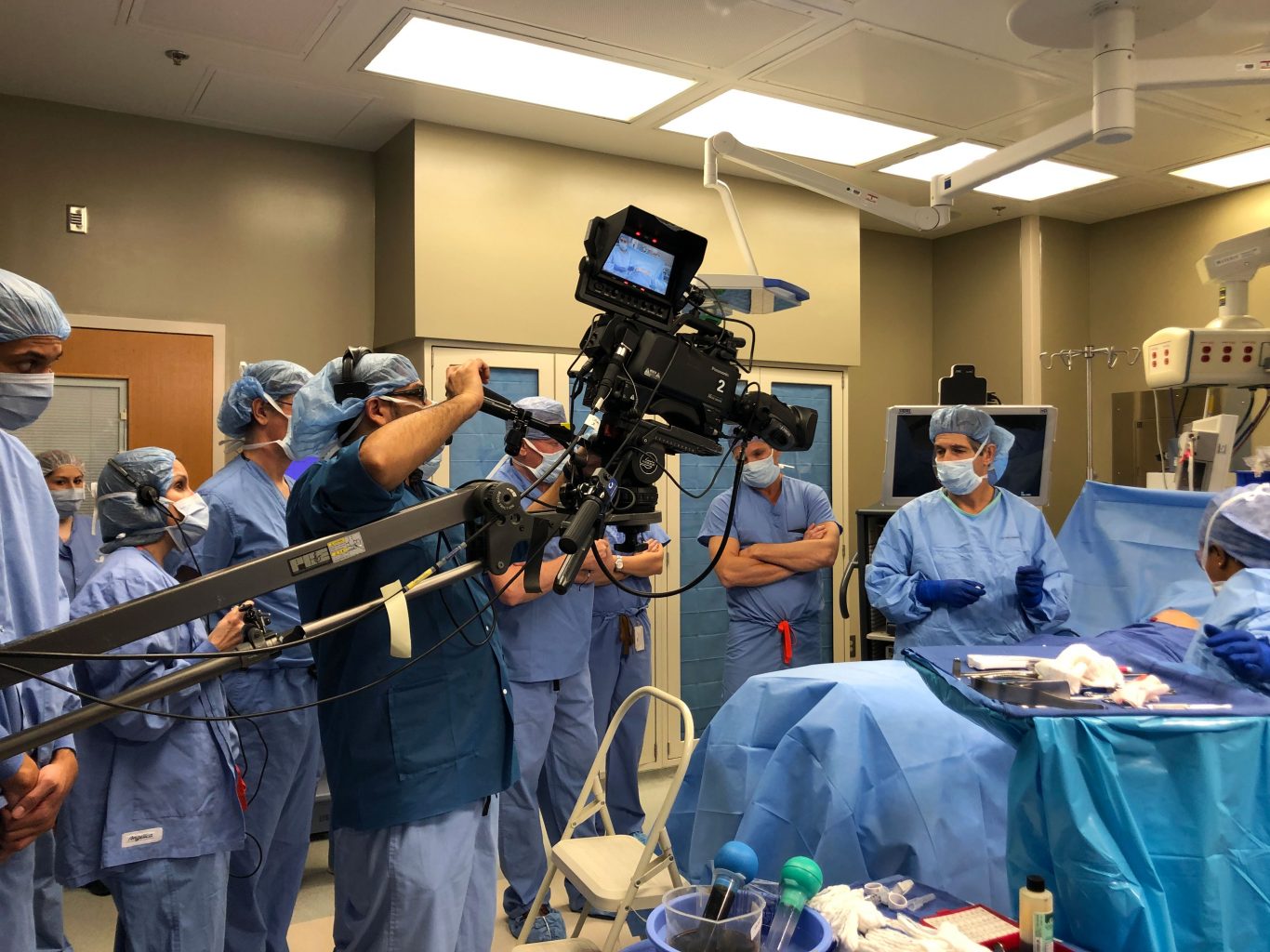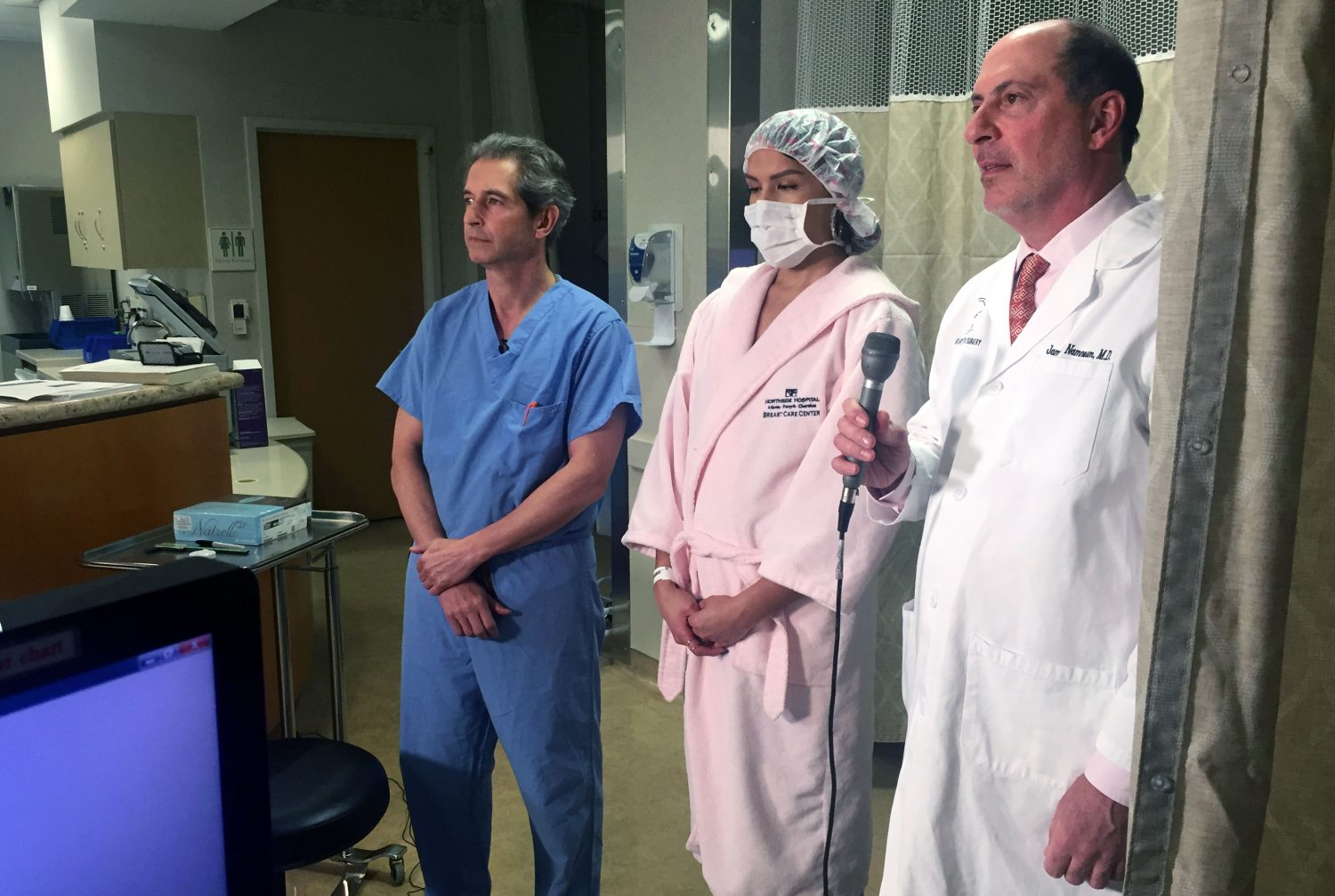Dr Brown was one of the invited international faculty and gave several presentations that included topics on breast implant selection, the use of fat in aesthetic breast surgery and, developing a successful transgender breast program.
One of the most unique aspects of this meeting is the live surgery component, in which surgeons are invited to perform surgery that is broadcast in to the auditorium to the symposium participants. This year, Dr Brown was asked to perform a trans gender breast augmentation on a trans female patient who came to Atlanta with Dr Brown from the TRS (transition related surgery) Program in Toronto. The surgery was very successful, but most impactful, our wonderful patient was able to share the important moments in her transition story with the surgeons in attendance and explain some of the unique challenges that exist during the journey.
If you are a trans female thinking about breast augmentation, here are some things to consider:
- The rib cage and breasts of a trans woman are usually wider than that of a cis woman of similar height and weight. To create an ideal breast shape and to have that breast fit on the chest wall means that the surgeon must take multiple, precise measurements, and select from a wide range of implants. While this “dimensional planning” is important in all breast augmentations, it is particularly important in the trans female patient.
- A trans woman’s nipples are usually situated more to the outside of the breast mound. This affects where the implant should be placed so that the nipple ends up relatively centered on the breast mound.
- A trans woman’s nipples are also usually situated low on the breast mound. The ideal breast has about 55% of the breast volume below the plane of the nipple and 45% above. While sometimes the implant needs to be placed below the natural crease of the breast in a cisgender woman to achieve that balance, it is necessary far more often in the transgender patient. That position is critical to the result and must be planned exactly. Failure to properly determine where to situate the bottom of the breast and to keep the implant in that position are the two factors that account for most of the suboptimal results in transgender breast augmentation.
- Trans patients usually have thicker and tighter skin. Years of fluctuating breast size from monthly periods, weight changes, gravity, genetically thinner skin, and of course the substantial stretch with pregnancy can all thin skin further. This tighter skin often results in breasts that are somewhat fuller and perkier, especially in the upper portion of the breast.
- The pectoralis major muscle is often (but not always) thicker in a trans woman. Rarely is it thick enough to create a problem; it just requires a greater level of attention to anesthetic and technical considerations during surgery. There may be a greater tendency for the muscle to push the implants slightly down and out over time, though this also can be an issue for cisgender patients.
For more information about transition related surgery please visit Transition-Related Procedures.










That’s my DR!!!!!DR BROWN!!! THE BEST??